Why you can trust TechRadar
Performance
- Hybrid phase- and contrast-detection AF system
- Impressive eye tracking
We may not be too impressed by the physical handling of the camera, but the X-A7 performs beautifully. Where the X-A5’s AF system wasn’t anything to write home about, the X-A7 benefits from the new hybrid phase- and contrast-detection system that offers 117 selectable points.
Straight out of the box, face- and eye-detect AF is practically perfect. As one of our colleagues walked past us, the camera promptly picked up his face and stayed locked on while he moved. The moment he turned towards the camera, eye detection clicked in – it impressively shifted from left to right as our colleague moved his head while chatting to others, staying focused on the eye closest to the camera.
Admittedly it’s not the fastest AF system we’ve tested, but it’s very impressive for an entry-level model. We should also point out that we didn’t test AF speed and accuracy with the kit lens that the camera is bundled with – AF speed also depends on the focusing ability of the lens used as well.
Touch-to-focus is also available and works quite well, although we found the AF to be intelligent enough to pick up whatever target we were aiming for.

Color reproduction while using the ‘standard’ mode is spectacular, and dynamic range is excellent too. However, we found that the camera prefers to deepen darker tones. For example, while shooting a light-colored object on a dark background, we needed to lighten some of the shadow areas to reveal a little more detail. That said, the contrast on images like that (eg: the magnolia and its dark leaves in the image above) is excellent and the effect can be rather pleasing.

That said, you can always choose a different simulation mode to suit your vision of the scene you’re shooting and use the slider on the Smart Menu to decide whether you like it or not before you hit the shutter button.
The X-A7 has a 256-zone built-in metering system which is impressive as well, perfectly exposing subjects in different lighting conditions without compromising on details in areas of brightness and shadow.
Sign up for breaking news, reviews, opinion, top tech deals, and more.
Image quality
- Crisp, sharp images
- Superb color reproduction
- Impressive noise performance
We feel like we’re about to repeat ourselves here but like the X-A5, the new model excels when it comes to image quality, even without an X-Trans sensor. Images are sharp and crisp, with beautiful colors. If you aren’t too familiar with the technical aspects of shooting, the camera’s Program (P) option does an excellent job of choosing the right settings for pretty much any scenario.
There’s no doubt that Fujifilm’s Film Simulation modes are great and they still don’t disappoint. Personally, we’d have preferred a tad more contrast in the monochrome options but that’s easily achieved during post processing.
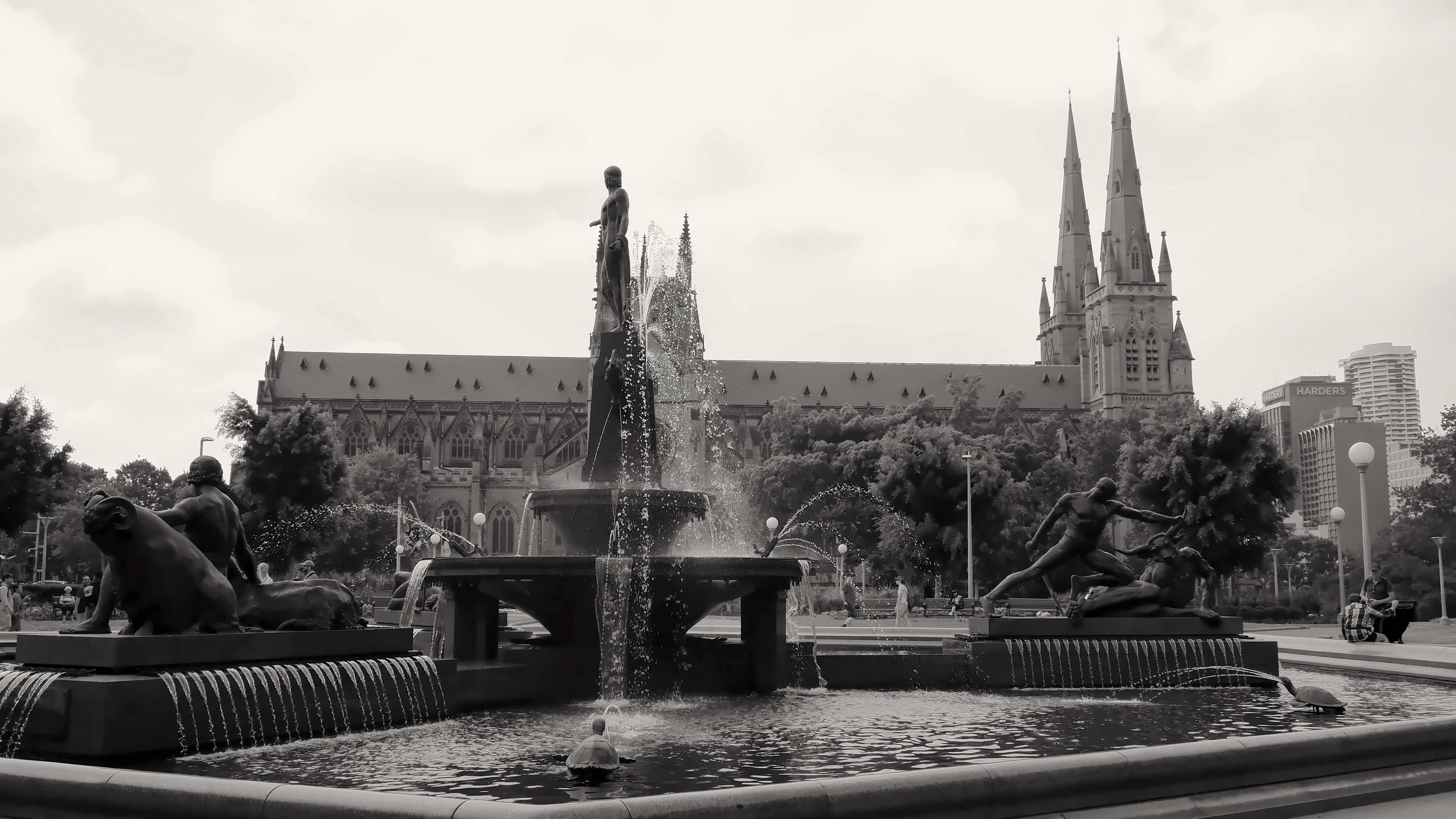
Click here to view the full-size image
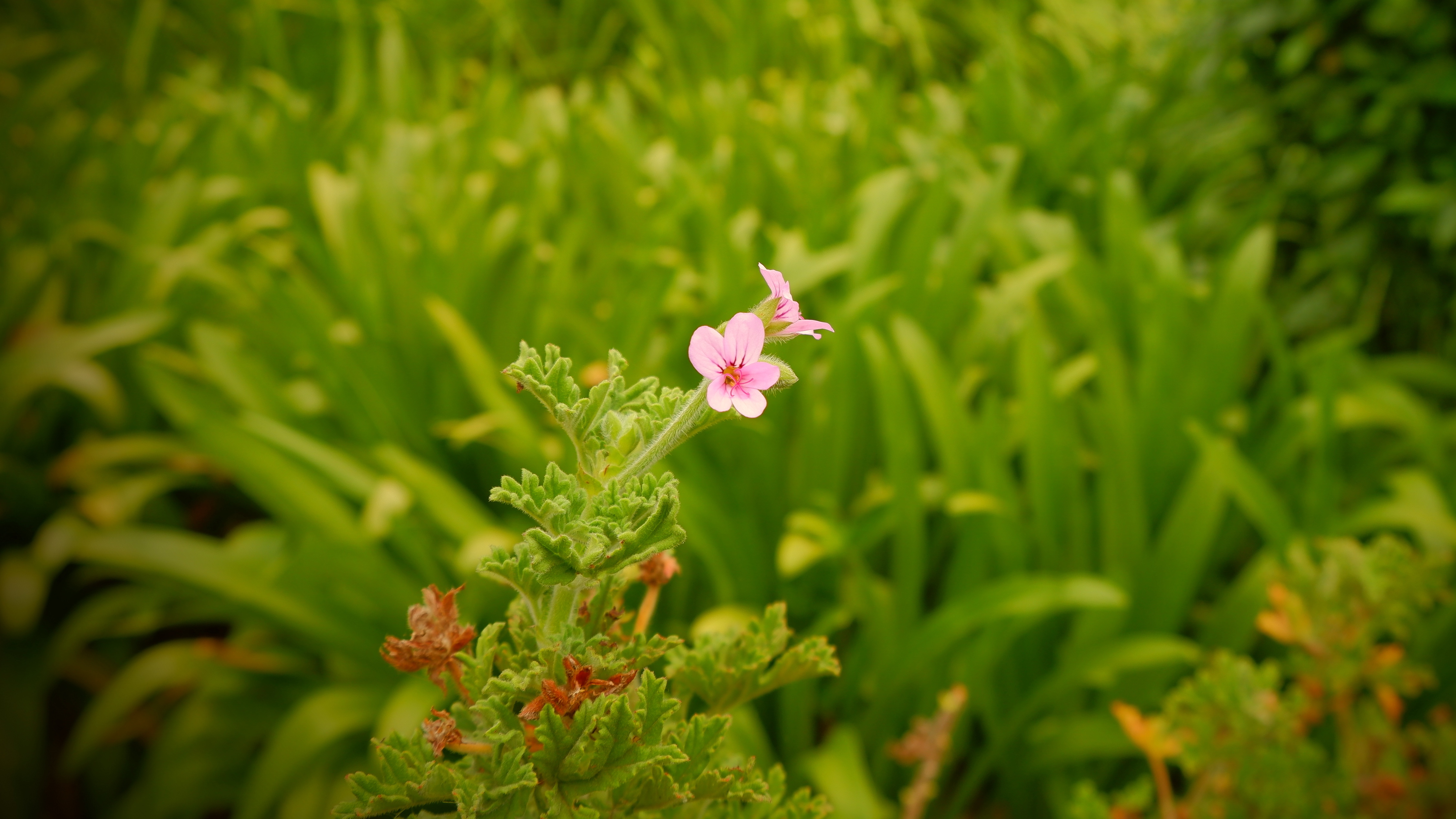
Click here to view the full-size image

Click here to see the full-size image
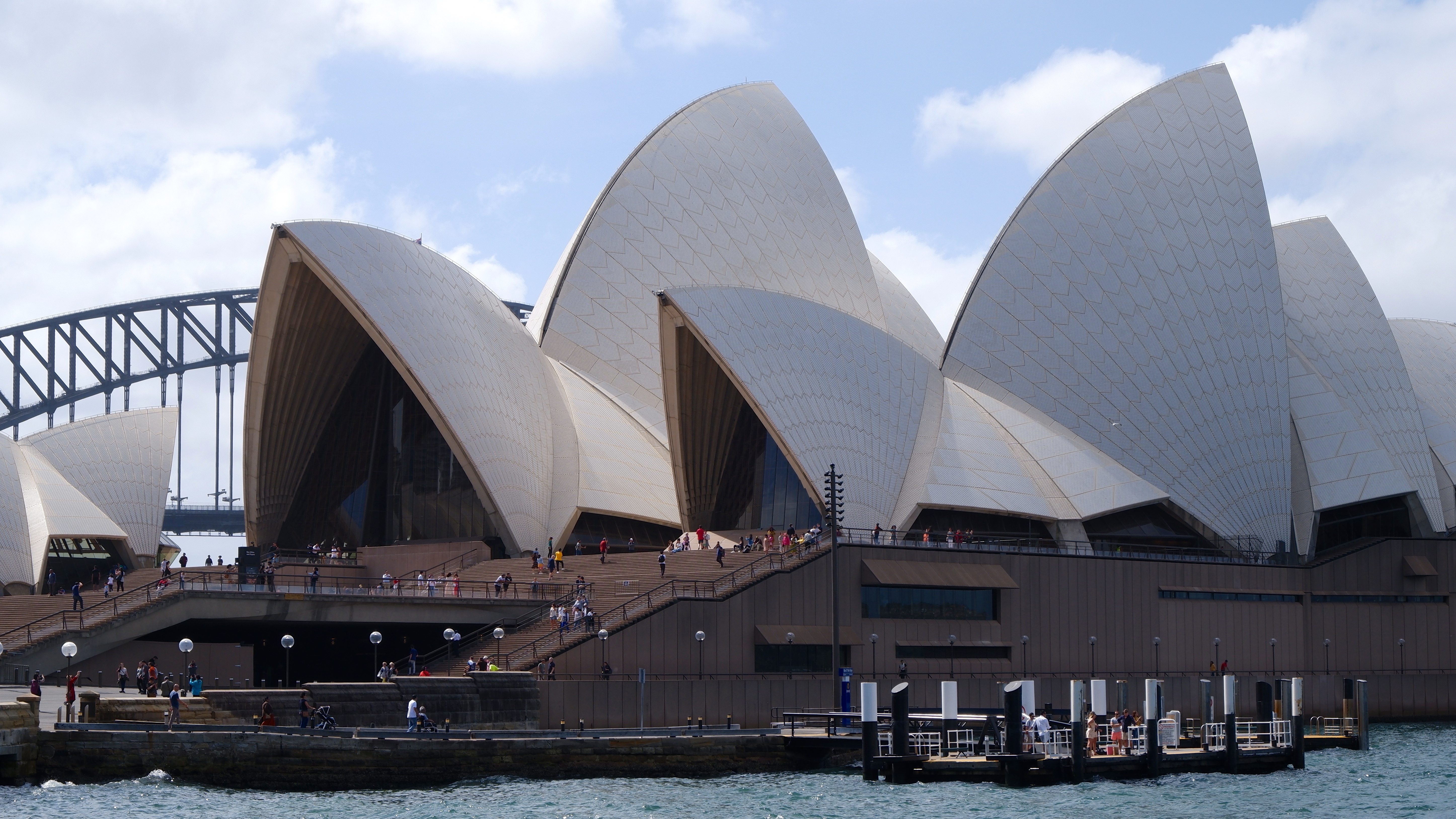
Click here to see the full-size image
Noise levels are well controlled as well, with hints of grain at ISO 800 and ISO 1600, although they’re only noticeable on a large screen, like a 15-inch laptop for example. For anyone shooting to post to social media won’t need to worry about that as the noise won’t be visible at all. At ISO higher than 3200, though, noise does begin to show up more prominently.
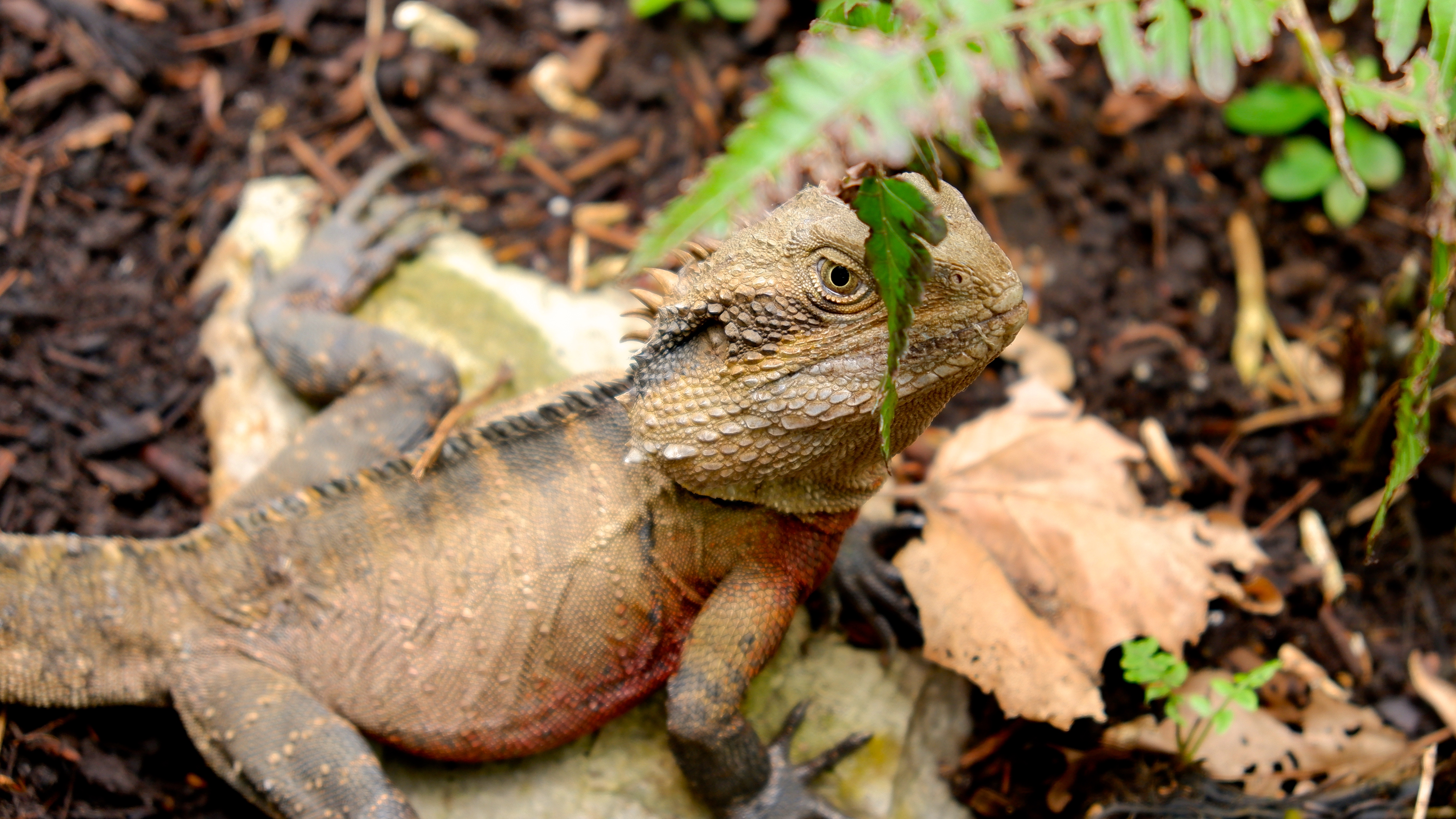
Click here to view the full-size image

Click here to view the full-size image
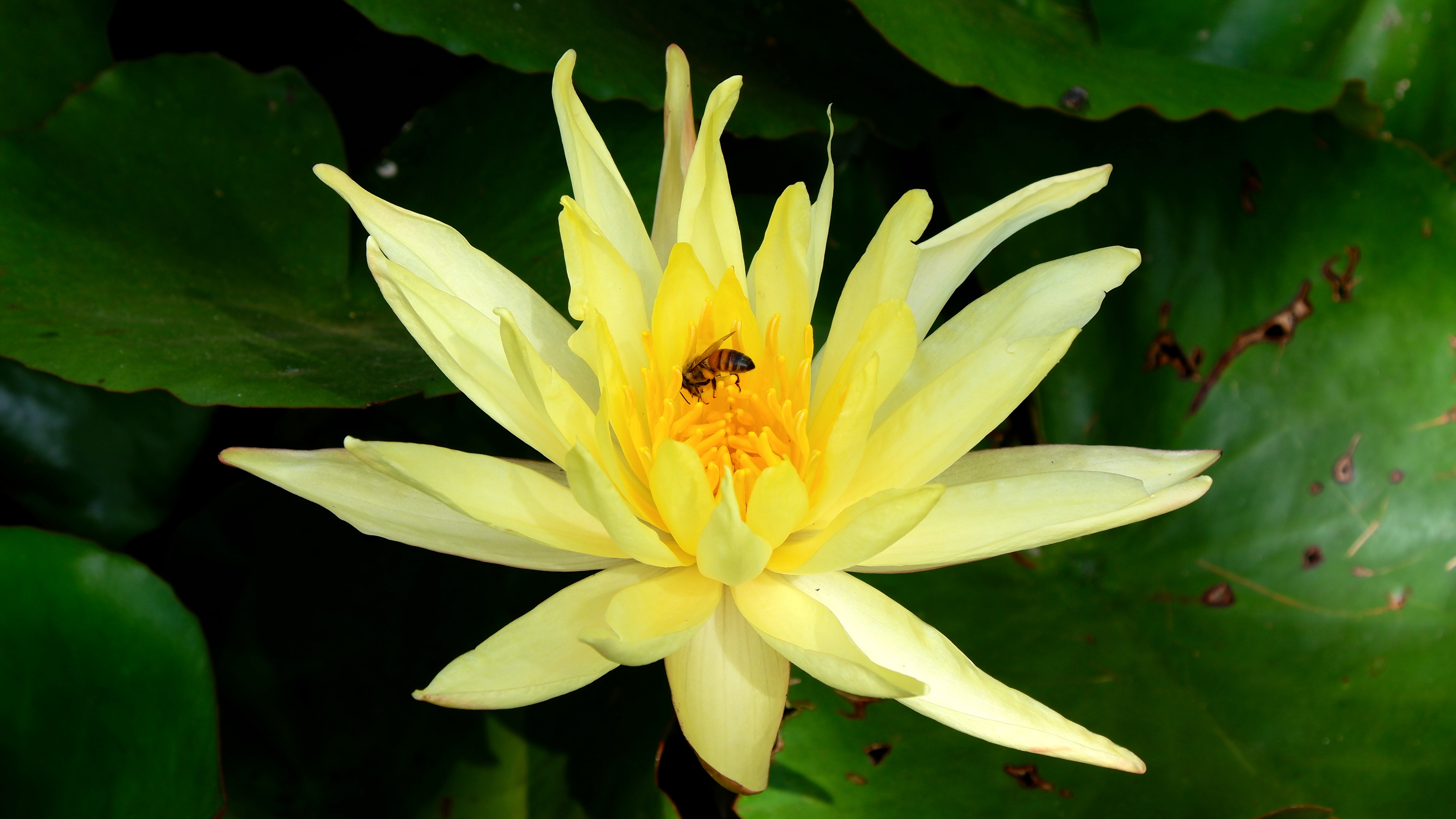
Click here to see view the full-size image

Click here to see the full-size image

Click here to see the full-size image

Click here to see the full-size image

Click here to view the full-size image
The 16:9 screen is great for videos but filming in that aspect ratio means you’re sacrificing pixels. That said, the quality is very impressive, with 4K available to shoot at 30fps. Full HD 1080p movies can be recorded at 60fps but only for a top of 30 minutes. Keep in mind, though, there’s no in-built image stabilization. You’ll need to rely on the stabilization technology in the lens you are using. That said, face and eye AF work well for video just as well as it does for stills, making this an excellent option for vloggers, particularly now that it has the articulating screen.
Current page: Performance & image quality
Prev Page Build & handling Next Page Verdict & competition
While she's happiest with a camera in her hand, Sharmishta's main priority is being TechRadar's APAC Managing Editor, looking after the day-to-day functioning of the Australian, New Zealand and Singapore editions of the site, steering everything from news and reviews to ecommerce content like deals and coupon codes. While she loves reviewing cameras and lenses when she can, she's also an avid reader and has become quite the expert on ereaders and E Ink writing tablets, having appeared on Singaporean radio to talk about these underrated devices. Other than her duties at TechRadar, she's also the Managing Editor of the Australian edition of Digital Camera World, and writes for Tom's Guide and T3.
